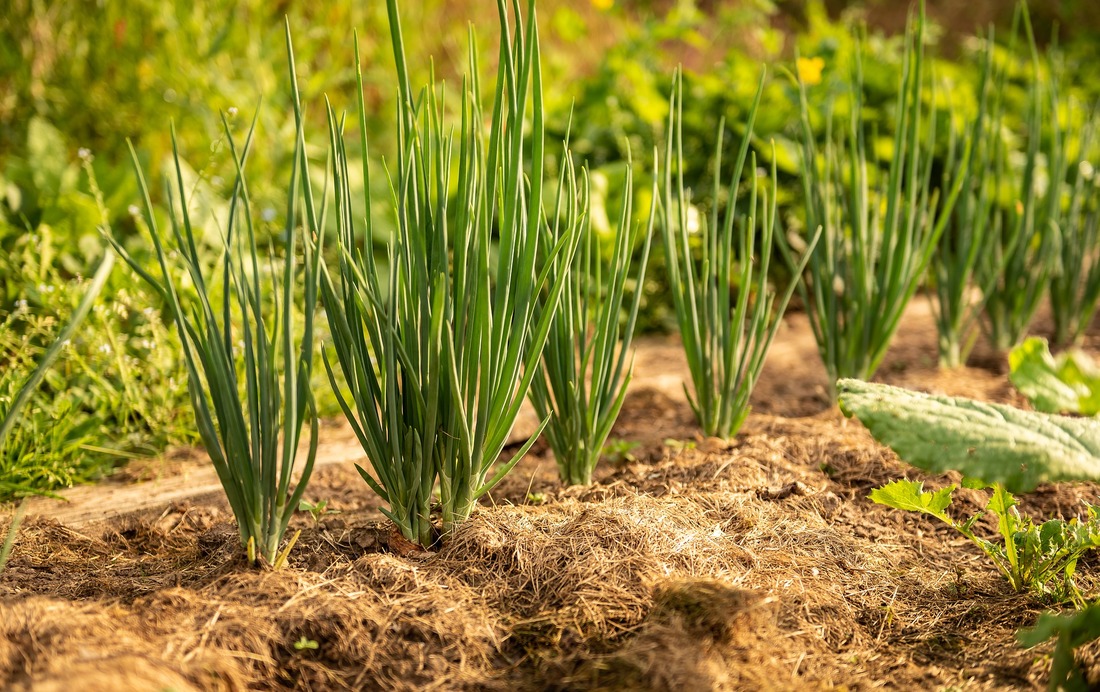How to Grow and Care for Onions
Growing onions in the home garden allows you to grow the variety you prefer without depending on the whims of your local produce department. By starting with onion sets - miniature onion bulbs - you can produce a crop of fresh onions in approximately 90 days. But, you don't need to wait until they mature. Young onions can be harvested at any time as long as the bulb is big enough to supply your need.
Choosing Onion Sets: Browse you local seed supply store for the type of onions you prefer. While onions are classified as white, yellow and red, some appear more purple than red. Onion sets should be small and firm. In fact, the smallest onion sets typically produce the biggest onions. Shape depends on the variety. While some are round, others appear teardrop shaped.
Long Day vs Short Day: Onions are further classified as either long day or short day onions. The area you live in determines which is right for you. Northern areas (like Maine), where days are long during the summer are ideal for long day onions. Southern areas require short day onions.
Location: Onions prefer organic-rich, well-drained soil in a location that receives full sun for at least 6 to 8 hours a day. Full day sun is preferred.
Soil: Prepare the soil by tilling to a depth of 8 to 10 inches and amend it with organic matter, such as compost or aged manure. Apply 5-10-10 fertilizer and work it into the top six inches of the soil.
Planting: Onions are tolerant of cold weather and can be planted as soon as the soil can be worked in the spring. Make a shallow trench and position the onion sets (with the pointed end up) in the soil. Press lightly to secure the bulb. Space onions 2 to 4 inches apart in rows spaced 12 to 18 inches apart. Firm the soil around the bulb.
Watering: Water onions deeply once or twice a week or whenever the soil feels dry one inch below the surface.
Harvest: Harvest green onions at any time during the summer. Allow onions intended for storage to mature in the garden. Once the tops yellow and fall, the onions have completed growing and are ready for harvest. Pull the onions from the soil and allow them to dry in a shaded area for a day or two to "cure." Store in a cool dry place for the winter.
Choosing Onion Sets: Browse you local seed supply store for the type of onions you prefer. While onions are classified as white, yellow and red, some appear more purple than red. Onion sets should be small and firm. In fact, the smallest onion sets typically produce the biggest onions. Shape depends on the variety. While some are round, others appear teardrop shaped.
Long Day vs Short Day: Onions are further classified as either long day or short day onions. The area you live in determines which is right for you. Northern areas (like Maine), where days are long during the summer are ideal for long day onions. Southern areas require short day onions.
Location: Onions prefer organic-rich, well-drained soil in a location that receives full sun for at least 6 to 8 hours a day. Full day sun is preferred.
Soil: Prepare the soil by tilling to a depth of 8 to 10 inches and amend it with organic matter, such as compost or aged manure. Apply 5-10-10 fertilizer and work it into the top six inches of the soil.
Planting: Onions are tolerant of cold weather and can be planted as soon as the soil can be worked in the spring. Make a shallow trench and position the onion sets (with the pointed end up) in the soil. Press lightly to secure the bulb. Space onions 2 to 4 inches apart in rows spaced 12 to 18 inches apart. Firm the soil around the bulb.
Watering: Water onions deeply once or twice a week or whenever the soil feels dry one inch below the surface.
Harvest: Harvest green onions at any time during the summer. Allow onions intended for storage to mature in the garden. Once the tops yellow and fall, the onions have completed growing and are ready for harvest. Pull the onions from the soil and allow them to dry in a shaded area for a day or two to "cure." Store in a cool dry place for the winter.
